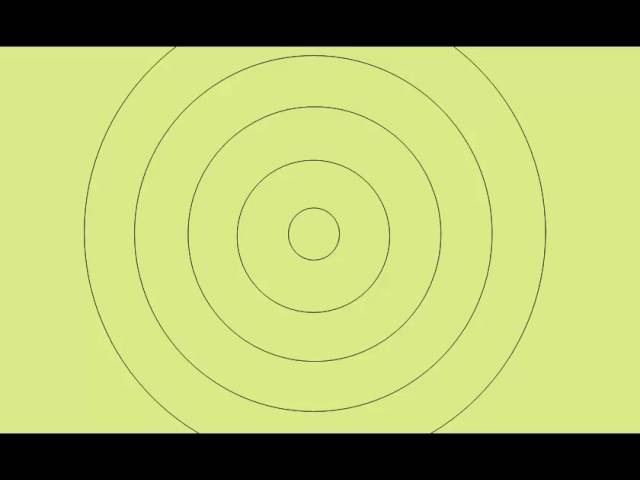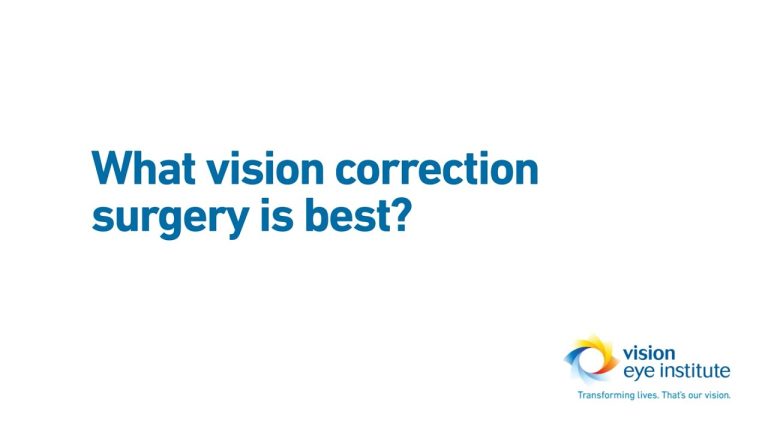Cataract Surgery: A Comprehensive Guide to Restoring Your Vision with Optical Solutions
At some point in our lives, most of us will experience cataracts. This common condition occurs when the natural lens in our eye becomes cloudy, causing a decrease in vision quality. Fortunately, there is a solution: cataract surgery. This procedure involves removing the cloudy lens and replacing it with an artificial one, resulting in clearer vision.
Cataract surgery is a safe and effective procedure that is typically performed on an outpatient basis. It is also one of the most common surgeries in the world, with millions of people undergoing the procedure each year. But what can you expect from the surgery itself and the recovery process? Read on to find out.
Preparation for Cataract Surgery
Before the surgery, your ophthalmologist will perform a comprehensive eye exam to evaluate the extent of your cataracts and determine the best course of action. You may also need to stop taking certain medications, such as blood thinners, in the weeks leading up to the surgery to prevent complications.
On the day of surgery, you will need to arrange for someone to drive you home as your vision may be blurry for a few hours following the procedure. You will also need to avoid eating or drinking anything for several hours prior to the surgery.
The Cataract Surgery Procedure
During the surgery, you will receive local anesthesia to numb the area around your eye. Your surgeon will then create a small incision in the cornea and use ultrasound energy to break up the cloudy lens. The lens fragments will be removed, and a new intraocular lens will be implanted in its place.
The entire procedure typically takes less than an hour to complete, and you will be able to go home the same day. It is usually performed one eye at a time, with the second eye undergoing surgery a few weeks later.
Recovery from Cataract Surgery
After the surgery, you may experience some discomfort, redness, and blurred vision for a few days. You will need to wear an eye patch for a short period of time and use special eye drops to prevent infection and inflammation.
It is important to avoid activities that could increase pressure in your eye, such as heavy lifting or bending over, for a few weeks following the surgery. You will also need to attend follow-up appointments with your ophthalmologist to monitor your progress and ensure that your vision is improving as expected.
In conclusion
Cataract surgery is an essential procedure for those suffering from this debilitating condition. It is a safe and effective procedure with a short recovery time. If you or a loved one is experiencing cataracts, be sure to consult with an ophthalmologist to determine if cataract surgery is the right course of action.
- Cataract surgery is a safe and effective solution for those experiencing cataracts
- The procedure involves removing the cloudy lens and replacing it with an artificial one
- Recovery time is short, but it is important to avoid strenuous activities and attend follow-up appointments with your ophthalmologist
Contents
Most wanted in Hoya Vision:
Hoya Lens Engravings
Which lens is better Alcon or Johnson and Johnson?
What’s the rarest eye color?
What brand lenses does Costco use?
Legacy Eye Care Llc
Hoya Sensity Vs Transitions Xtractive
Should eyeglasses cover eyebrows?
What’s the difference between 1.5 and 1.6 lenses?
Wide Corridor Progressive Lenses
What do you call glasses that turn dark in the sun?
















